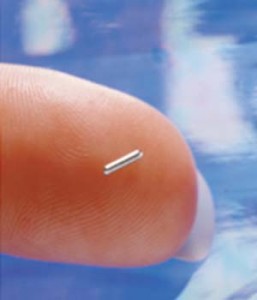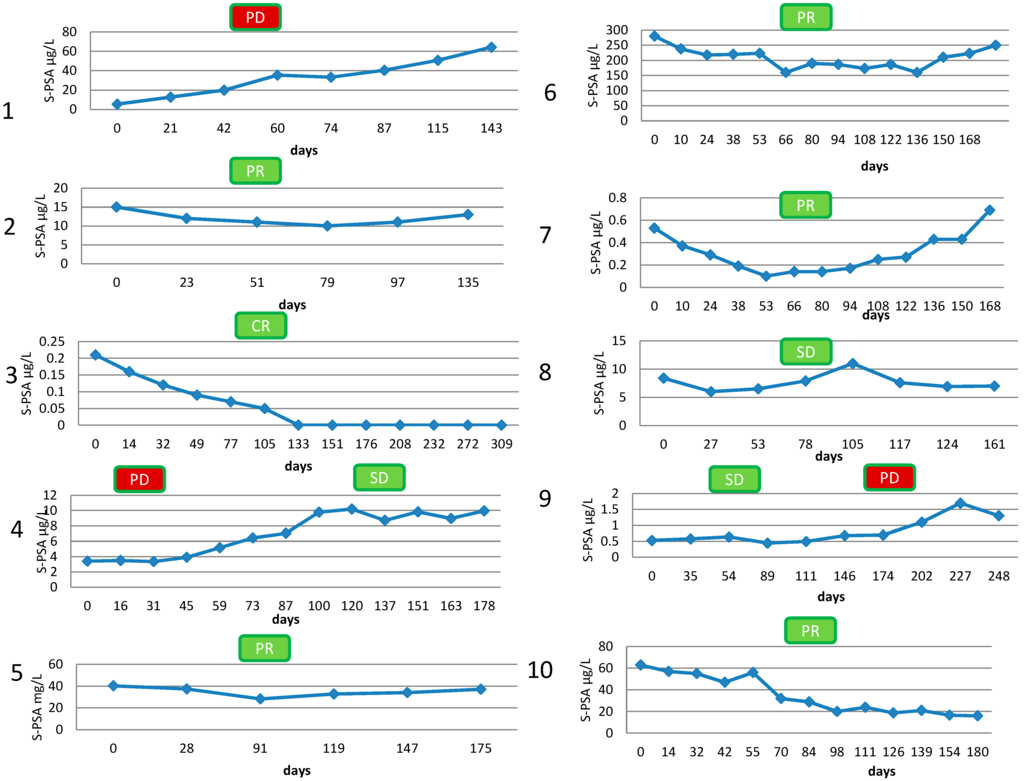

The limited penetration of alphas in biologic systems represents both an opportunity and challenge. Deposition of energy for alphas, and other heavy particles, is non-linear most energy of a particle is released in a “Bragg peak” which occurs just prior to the particle coming to rest. Alpha particles have short tissue penetration, usually in the range of 40–90 µm.

The combination of heavy particles and high speed make for highly energetic particles capable of substantial tissue damage. Upon emission, most alphas travel initially at a speed about 5% of the speed of light. The characteristics of alpha particles and their effects have been well defined in biological systems ( 1). Accepted for publication Feb 07, 2018.Īlpha emitters have unstable nuclei and emit a helium nucleus upon decay (2 protons/2 neutrons). Keywords: Radium alpha emitter actinium prostate specific membrane antigen (PSMA) prostate cancer radionuclides Clinical investigation opportunities in this field will rapidly increase in the years ahead. TAT may be develop as an independent approach, or synergize with a variety of other approaches including external beam radiation, hormonal therapies, chemotherapies, various radiation sensitizers, DNA repair inhibitors, and/or immune modulators.
RADIUM INJECTIONS FOR PROSTATE CANCER TRIAL
Initial results from TAT in prostate cancer are highly promising and rapid development of these agents is anticipated in the years ahead assuming adequacy of isotope availability and appropriate clinical trial design. Using PSMA targeting (small molecules or antibodies), alpha emitting agents such as 225Actinium ( 225Ac) or 213Bismuth ( 213Bi) can be delivered to PSMA expressing tumors regardless of their metastatic location. Key to TAT in prostate tumors in current studies is the overexpression of prostate specific membrane antigen (PSMA), a folate hydrolase expressed on the cell surface of malignant adenocarcinomas of the prostate. To overcome this limitation, targeted alpha therapy (TAT) is now being actively evaluated in prostate cancer, and other neoplasms. Though radium isotopic therapy is conceptually critical to demonstrate that alpha emitters can be safe and effective, 223Ra has inherent limitations given its restriction to bone metastatic disease. Prospective randomized trials indicate that 223Ra, which concentrates after intravenous injection in areas of osteoblastic metastatic disease, can prolong survival in bone-dominant castrate resistant prostate cancer patients.


 0 kommentar(er)
0 kommentar(er)
